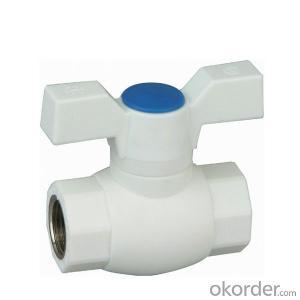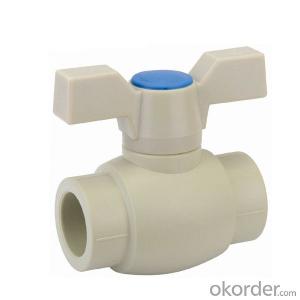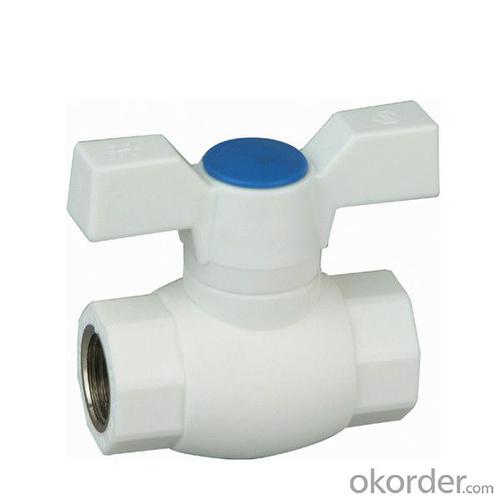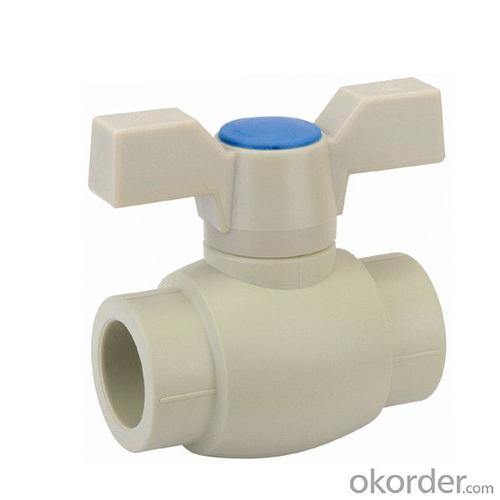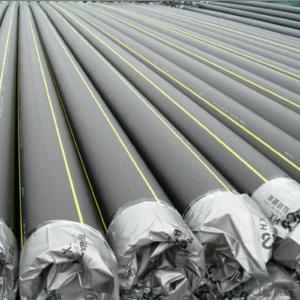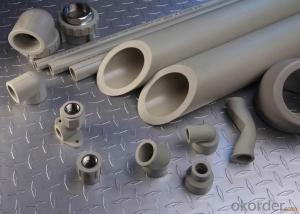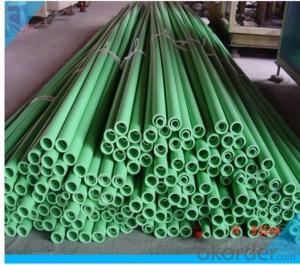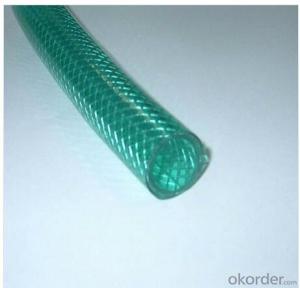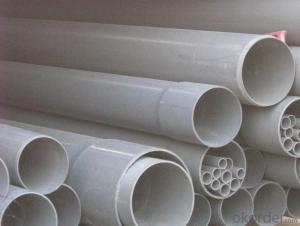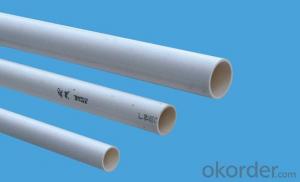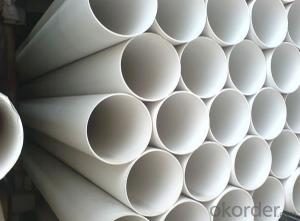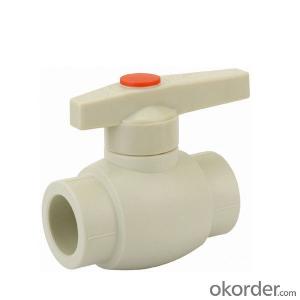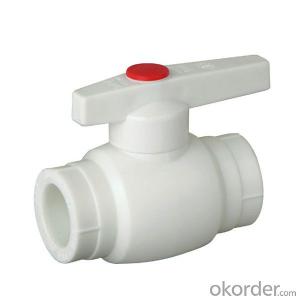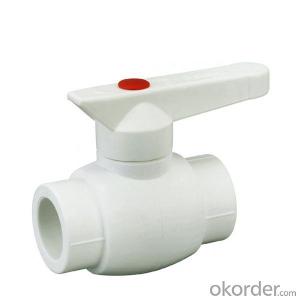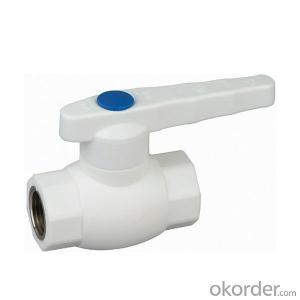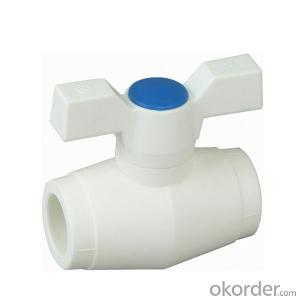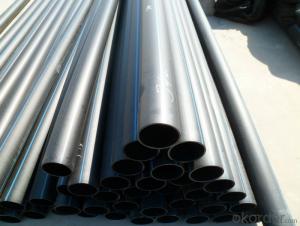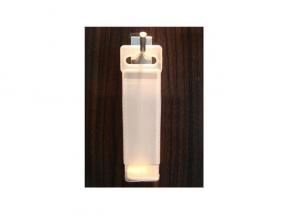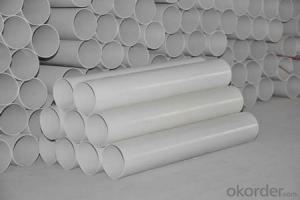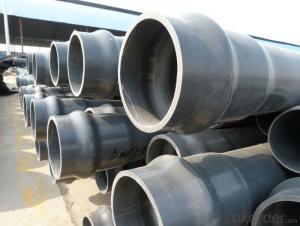Plastic Tubes PPR A1 Hot Melt Copper Core Ball Valve
- Loading Port:
- China main port
- Payment Terms:
- TT OR LC
- Min Order Qty:
- 1000 carton
- Supply Capability:
- 100000 carton/month
OKorder Service Pledge
OKorder Financial Service
You Might Also Like
Product Description:
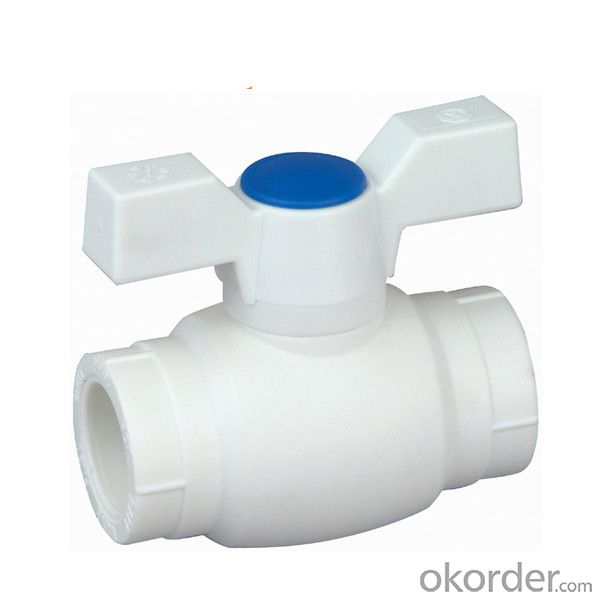
Quick Details
Material: Plastic
Technics: Injection
Type: Valve
Place of Origin: Zhejiang, China (Mainland)
Model Number: DSW358-363
Connection: Welding
Shape: Equal
Head Code: Round
Standard: ISO,DIN,EN,MSS,API,BS,ANSI
Certification: ISO9001,CE
Specifications
Standard: DIN8077/8078
Material: R200P from Korea
Packaging & Delivery
Packaging Details:
1. Large carton:515x400x220 Cubage:0.04532 M3
Small carton:390x255x250 Cubage:0.0248 M3
2. PE poly bag+ cartonDelivery Detail: 15 days/ 20" container; 25 days/ 40HQ
Our Advantages:
1) Healthy, bacteriological neutral, conforming to drinking water standards
2) Resistant to high temperatures, good impact strength
3) Convenient and reliable installation, low construction expenses
4) Excellent heat-insulation property from minimum thermal conductivity
5) Lightweight, convenient to transport and handle, good for labor-saving
6) Smooth inner walls reduce pressure loss and increase flow speed
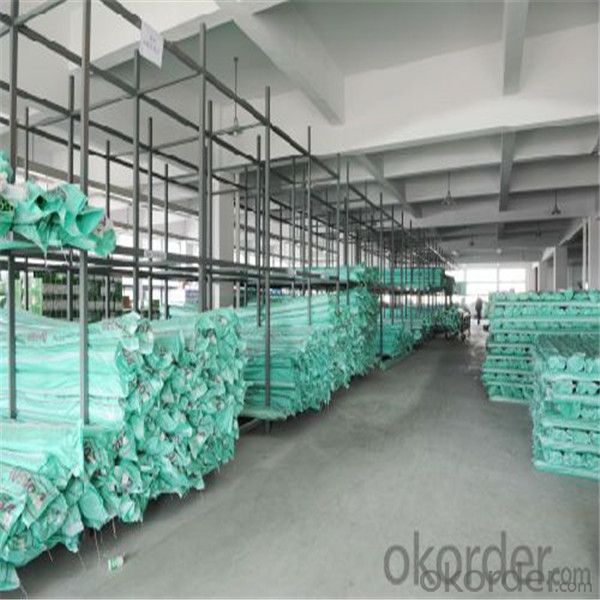


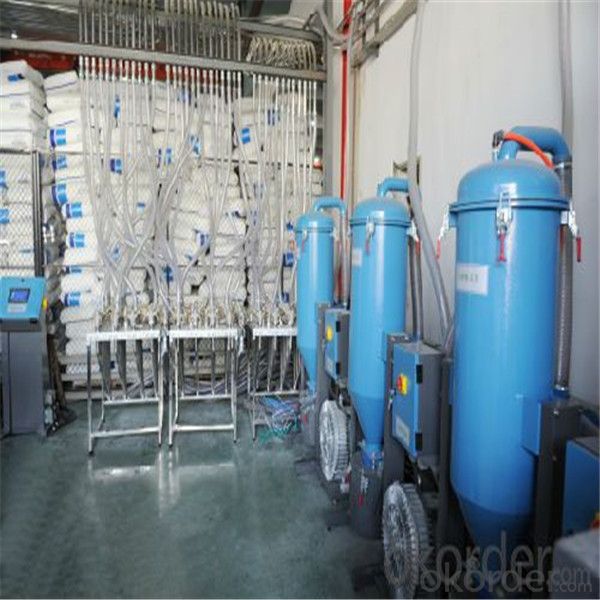
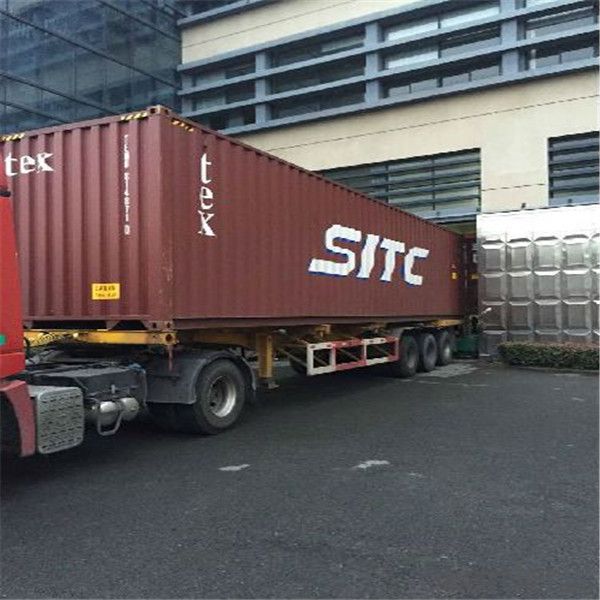
- Q: How do you dispose of plastic tubes responsibly?
- To dispose of plastic tubes responsibly, it is important to follow proper recycling practices. First, check if the plastic tubes are accepted in your local recycling program. If they are, rinse out any residue and remove any non-recyclable parts, such as caps or labels. Flatten or cut the tubes to save space and prevent tangling. Place them in the recycling bin or take them to a nearby recycling center. If not accepted in recycling, consider reusing the tubes for storage or repurposing them creatively before eventually disposing of them in the regular trash.
- Q: Where des this charge come from? Why don't we see a charge on the fur or wool?
- The informal term static electricity refers to the net presence (or 'imbalance') of charge on a body, usually caused when dissimilar materials are rubbed together, transferring charge from one to the other. Charge on a gold-leaf electroscope causes the leaves to visibly repel each otherThe presence of charge gives rise to the electromagnetic force: charges exert a force on each other, an effect that was known, though not understood, in antiquity. A lightweight ball suspended from a string can be charged by touching it with a glass rod that has itself been charged by rubbing with a cloth. If a similar ball is charged by the same glass rod, it is found to repel the first: the charge acts to force the two balls apart. Two balls that are charged with an rubbed amber rod also repel each other. However, if one ball is charged by the glass rod, and the other by an amber rod, the two balls are found to attract each other. These phenomena were investigated by Charles-Augustin de Coulomb in the late eighteenth century, who deduced that charge manifests itself in two opposing forms, leading to the well-known axiom: like-charged objects repel and opposite-charged objects attract.
- Q: Are plastic tubes suitable for beverage dispensing?
- Yes, plastic tubes are suitable for beverage dispensing. They are lightweight, durable, and can be easily cleaned. Additionally, plastic tubes can be manufactured in various sizes and shapes to accommodate different types of beverages.
- Q: Can plastic tubes be used for aquariums or fish tanks?
- Yes, plastic tubes can be used for aquariums or fish tanks.
- Q: How are plastic tubes recycled?
- Plastic tubes are typically recycled through a process that involves collection, sorting, shredding, melting, and reforming. First, the tubes are collected from various sources such as households or manufacturing facilities. Then, they are sorted based on their type of plastic and color. Next, the tubes are shredded into small pieces, known as flakes or granules. These flakes are then melted down and formed into pellets or beads. Finally, these pellets can be used as raw materials to produce new plastic products or even new plastic tubes, completing the recycling loop.
- Q: The connection between the plastic tube and the metal tube seems not so simple
- The pipe you want to connect can be connected by the corresponding joint. It's simple
- Q: Are plastic tubes suitable for hygienic applications?
- Yes, plastic tubes are suitable for hygienic applications. They are commonly used in industries such as pharmaceutical, food processing, and medical, where maintaining cleanliness and preventing contamination are crucial. Plastic tubes can be made from materials such as PVC, silicone, or polyethylene, which are resistant to bacterial growth and easy to clean. They can also be designed to meet specific hygienic standards, ensuring the safety and purity of the products being transferred or stored.
- Q: Can plastic tubes be used for medical purposes?
- Yes, plastic tubes can be used for various medical purposes such as delivering fluids, medications, or gases to patients, drainage of fluids, or as catheters for various procedures or treatments.
- Q: Buried PVC wire tubing (heavy) is a rigid flame retardant tube or a semi rigid flame retardant tube?
- Semi hard plastic tube, Department of PVC resin and plasticizer, stabilizer and other auxiliary agent, by extrusion molding, suitable for electrical and fluid conveying pipe casing, can be used to protect the wire and cable etc. under normal temperature. The tube is provided with the length of not less than 10 meters. The colors are white, yellow, red, blue, black and ecru. The pipe connections are generally made of plastic sleeves, glued and bent freely, without heating
- Q: Are plastic tubes resistant to corrosion?
- Yes, plastic tubes are generally resistant to corrosion.
Send your message to us
Plastic Tubes PPR A1 Hot Melt Copper Core Ball Valve
- Loading Port:
- China main port
- Payment Terms:
- TT OR LC
- Min Order Qty:
- 1000 carton
- Supply Capability:
- 100000 carton/month
OKorder Service Pledge
OKorder Financial Service
Similar products
Hot products
Hot Searches
Related keywords
